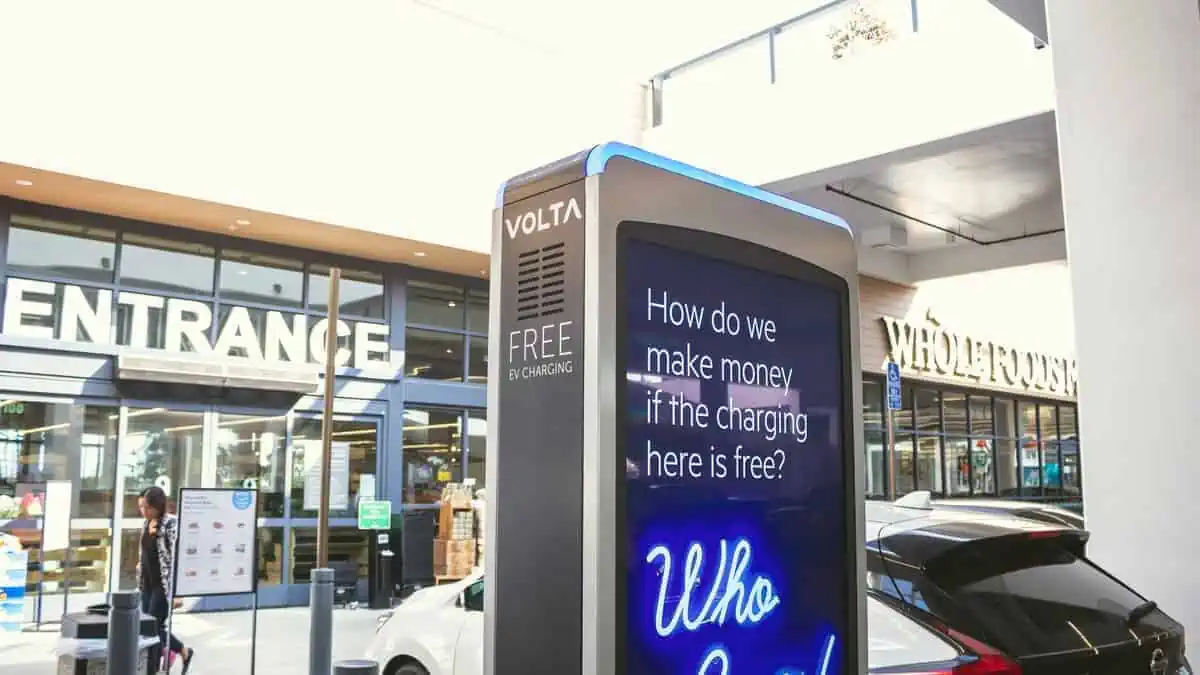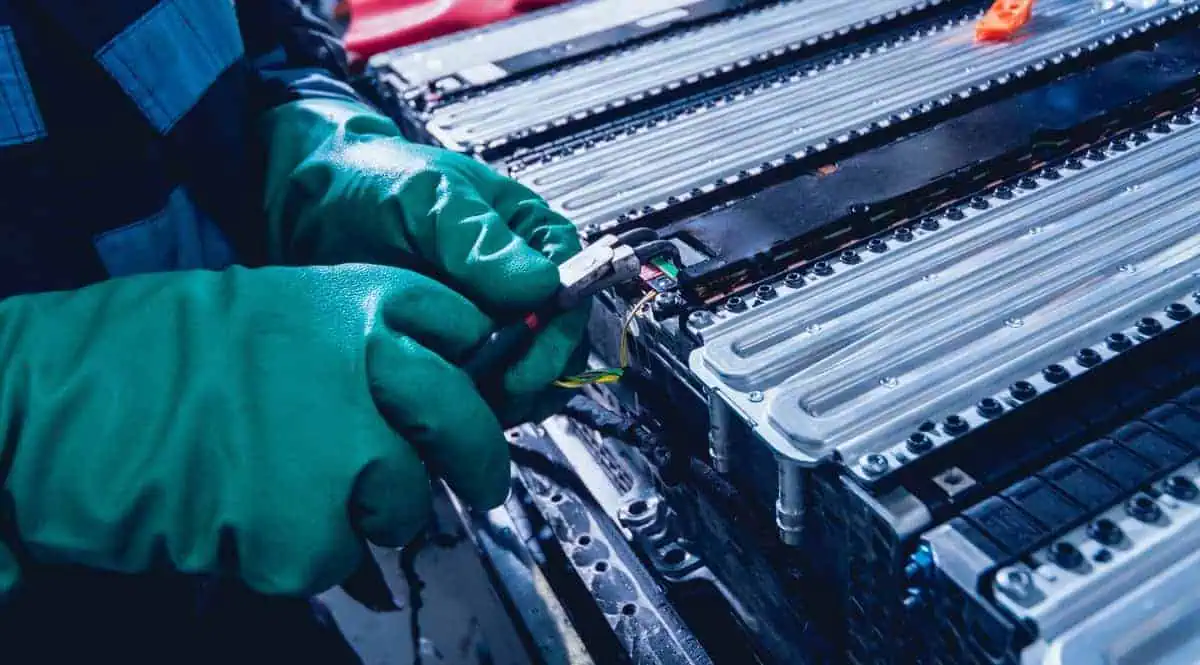Public electric vehicle charging infrastructures in America are gradually becoming more reliable, Automotive News reports, citing JD Power’s most recent electric vehicle charging satisfaction study. However, it also revealed the lack of available chargers compared to the growing demand, which affects overall customer satisfaction in the nationwide public charging network.
Prevailing issues
JD Power’s study found that 18% of public charging attempts in the US were unsuccessful in the fourth quarter of 2023. It apparently indicates a three-point improvement from the first three quarters of last year.
Interestingly, some of the major issues in the country’s public electric vehicle charging stations remain to be malfunctions and outages. As per the study, these two issues accounted for a whopping 71% of the unsuccessful public charging attempts in the US.
Meanwhile, the lack of available chargers, including unexpected offline chargers and long waiting lines, represented 20% of the overall failed charging attempts in the same period.
Lack of Level 2 chargers
Another alarming discovery from JD Power’s study is the notable decline in customers’ satisfaction with Level 2 chargers. Overall satisfaction with Level 2 chargers reportedly dropped 28 points year-on-year in Q4 2023.
In addition, its availability continues to lag compared to the growing number of electric vehicle owners in the US. In fact, a significant proportion of complaints in JD Power’s study about the limited availability of electric vehicle chargers were due to issues with Level 2 chargers.
JD Power cited the Department of Energy’s data, which revealed a 13% growth in the number of public Level 2 chargers in 2023. However, DC fast-charger installations surpassed its growth rate at 31%, highlighting the need to also improve Level 2 chargers.
“This really speaks to how Level 2 in particular is not keeping up with consumer demand. My concern is that we’re focusing so much on the DC fast-charging investment that we’re dropping the ball on Level 2 charging, which is still heavily utilized, and that’s why we are seeing that big drop in satisfaction.”
Brent Gruber, JD Power’s EV Practice Executive Director
Difference between DC fast chargers and Level 2
These findings are interesting, considering that Level 2 chargers are way slower than DC fast chargers like Tesla Superchargers.
For instance, DC fast chargers can charge an electric vehicle battery in just approximately 20 minutes. They are usually available across highways. In contrast, charging via Level 2 chargers usually takes several hours to reach full charge.
Presented below is ChargePoint’s guide to using Level 2 AC and DC fast chargers:
| Level 2 | DC fast | |
| Where to implement | + Home + Work + Anywhere drivers may park for more than an hour | + Along major highways + Quick-stop retail locations + Fleet depots |
| AC/DC converter | In the EV | Within the charging station |
| Charging speeds | Limited by onboard converter | Determined by station power, cable amperage and battery voltage |
| Electrical capacity | 240-volt; 40- to 100-amp circuit; 6.2 kW to 19.2 kW | 400-volt AC, 3-phase, 96A, 50 Hz (EU) 480-volt AC, 3-phase, 80A, 60 Hz (NA) |
| Range per hour | About 25 miles | About 100 miles |
| Charging fees | Lower | Higher |
| Availability | Widely available | Not as widely available, but increasing |
| Home use | Can install at home | Cannot install at home |
| Time to charge | 4-10 hours for 100% charge | 15-45 minutes for 80% charge |






